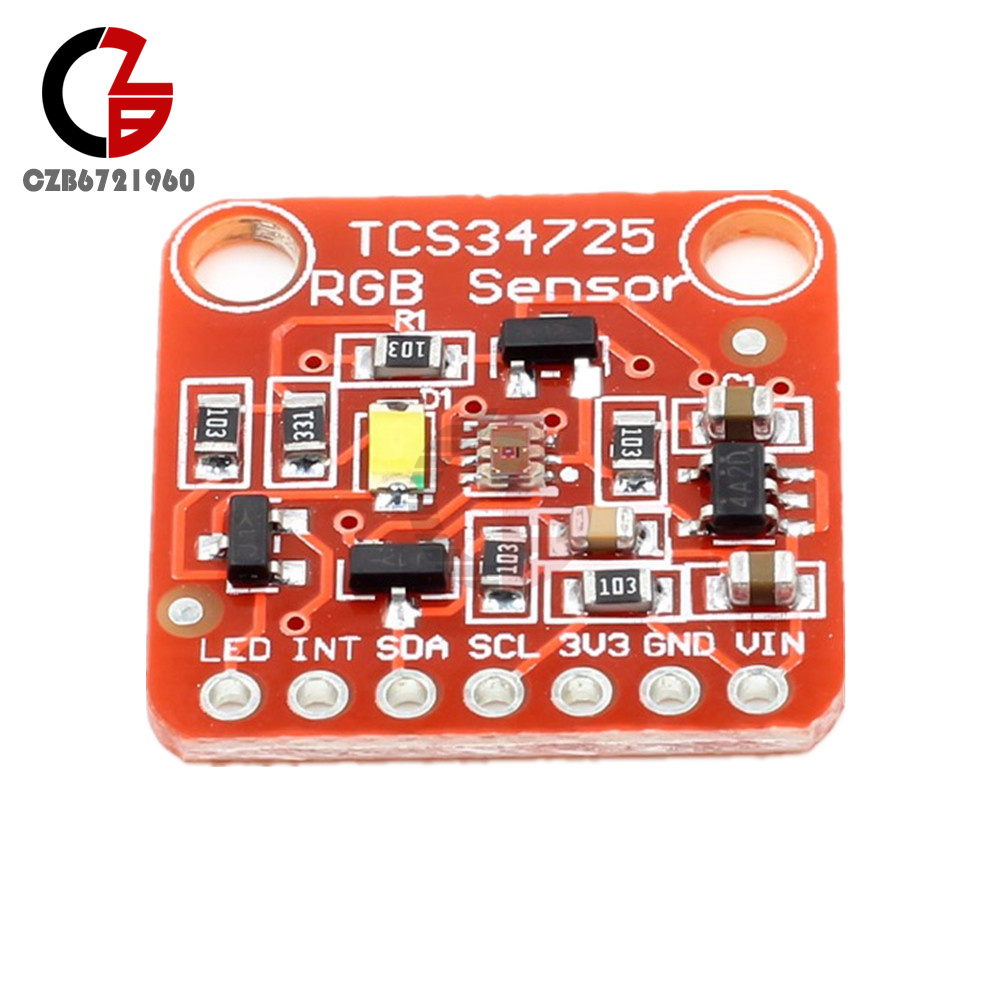
The light sensors are filtered so that they only accept one of the primary colors red, green or blue. Most color sensors are comprised of an array of light sensors, usually photodiodes or phototransistors. Most of them work on the same basic principles.īefore we add a sensor to our Arduino project it would be a good idea to take a look at how some of these sensors work.

There are a variety of different color sensors, each having specific advantages and disadvantages. We will see how to hookup and calibrate both sensors, and then how to use them to get RGB values. This sensor communicates using the I2C bus, making hookup very easy. The second sensor is a module from Sparkfun, based upon the Intersil ISL29125 sensor chip. It is quite inexpensive and pretty easy to use. This sensor is available at Amazon, eBay and probably at your local electronics shop. One of the sensors we are using is a very popular one, the TCS230 (also TCS3200). We will use a couple of these sensors today with an Arduino. While there are some very expensive color sensors used in industrial applications there are also very inexpensive ones used for less stringent applications. Your local hardware store likely uses a color sensor to match samples to blend paint. Color sensors can be used to build sorting machines, for photographic and lighting applications and even to build a device to solve a Rubik’s Cube!


Color sensing is often used in industrial and manufacturing applications for quality control, but there are several other uses for this technology.


 0 kommentar(er)
0 kommentar(er)
